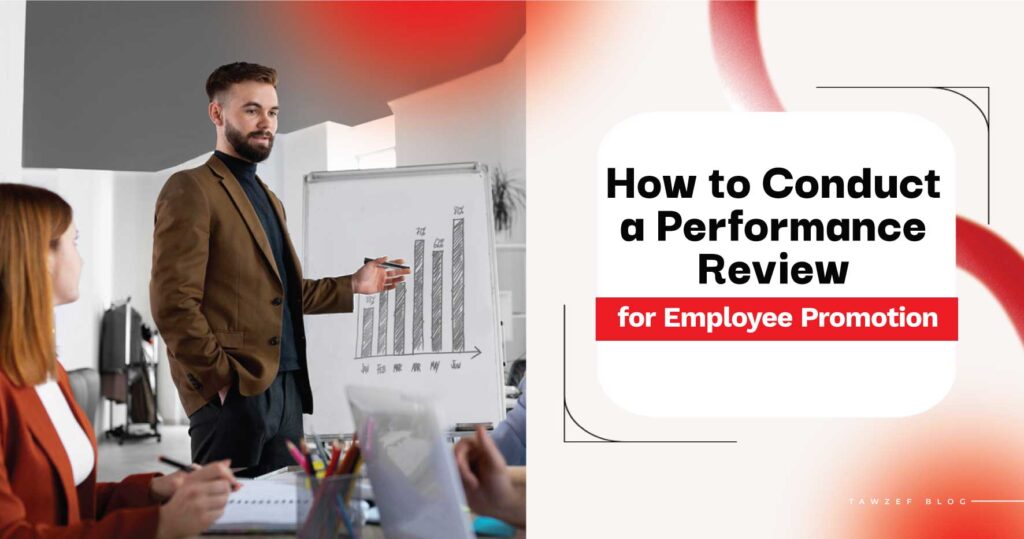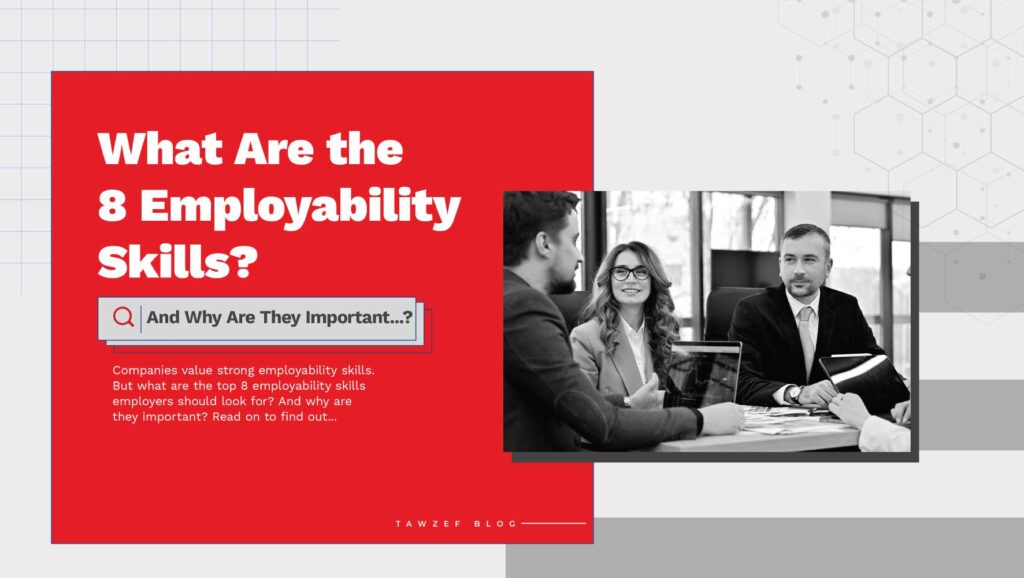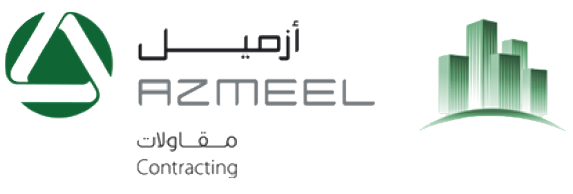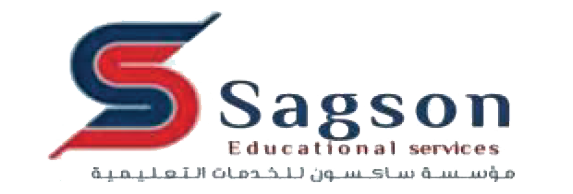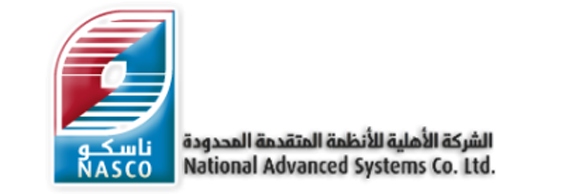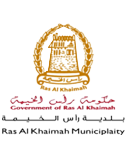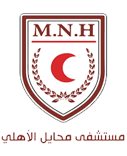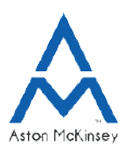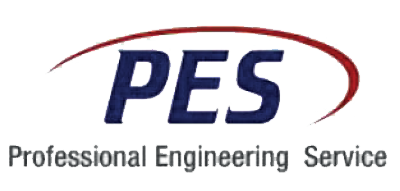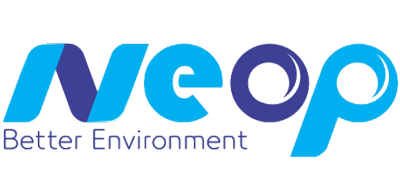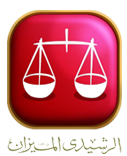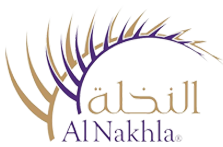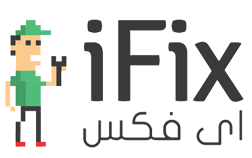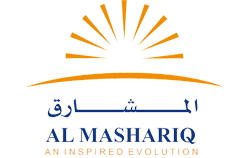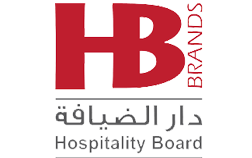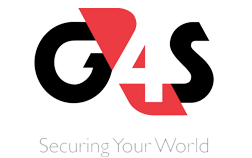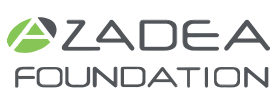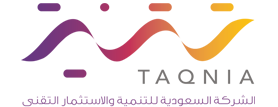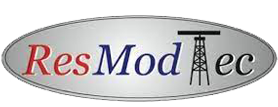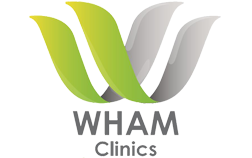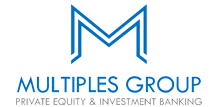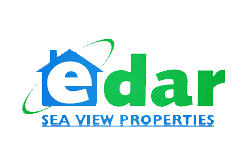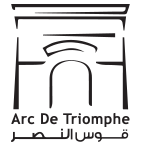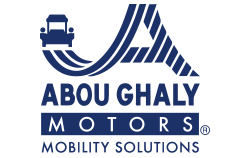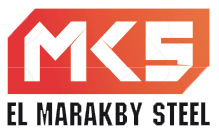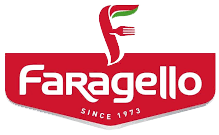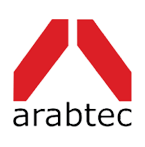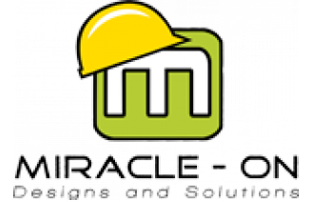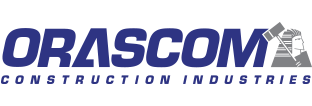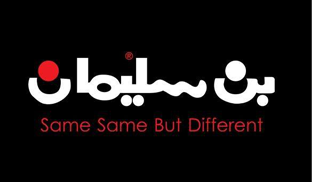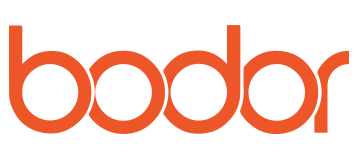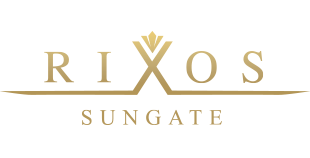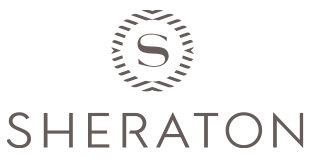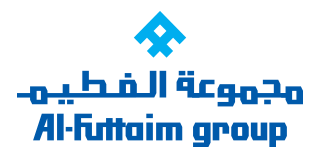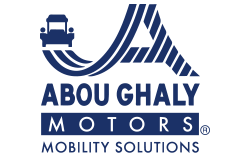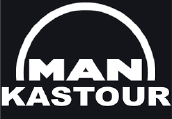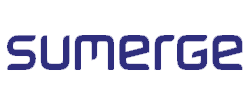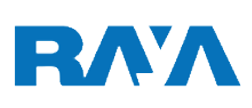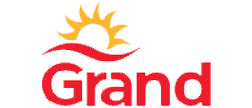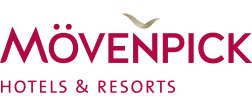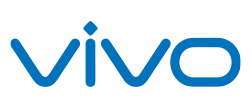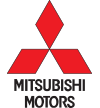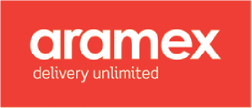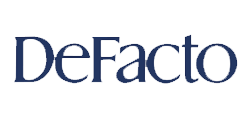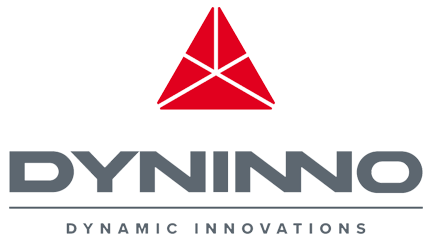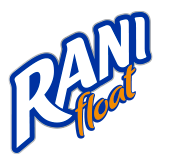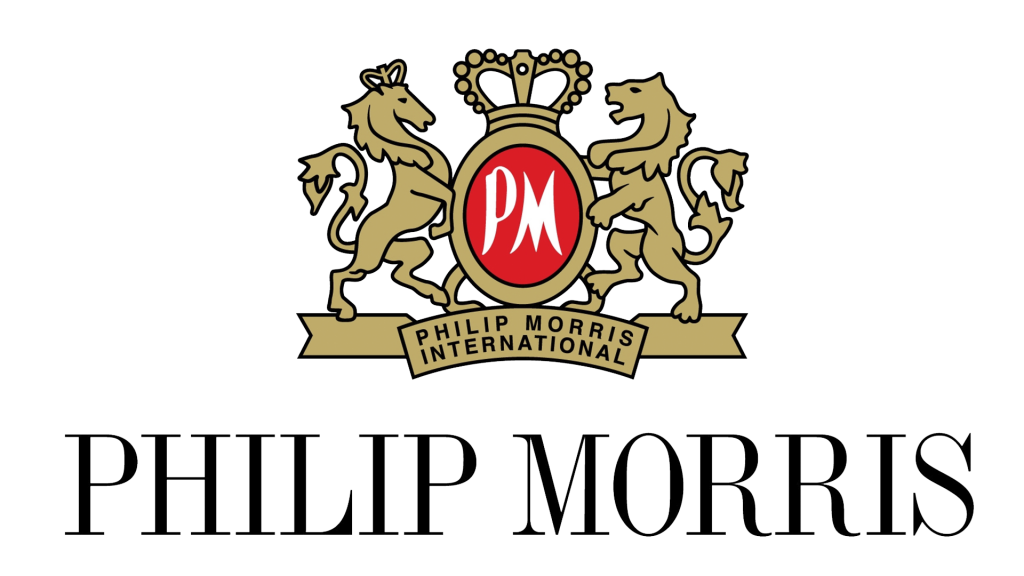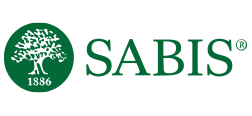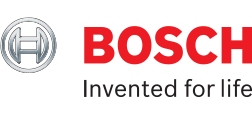Building your team isn’t just about finding the right or best talents. It’s much more than that. Because if you find the right caliber but don’t pay them well, engage them, and keep them motivated, they’ll leave.
To succeed in today’s competitive and fast-paced business environment, you need happy and engaged employees who help you build and grow your company. In other words, you need an employee rewards and recognition program.
Recognizing employees, their efforts, and their achievements isn’t a sign of weakness. In fact, research shows that recognizing employees makes them more innovative and productive and improves customer satisfaction rates.
Employee recognition isn’t just about telling them ‘Good job!’ or ‘Well done!’ and the like. It’s a much larger and broader concept.
So, how can you recognize employees? What is an employee recognition and rewards program? Why do you need one?
Read on to get the answers to all your employee recognition questions!
What is an employee recognition program?
An employee recognition program is a system or software where a company recognizes the efforts, actions, and achievements of its employees.
It’s sometimes referred to as an employee rewards and recognition program or simply employee rewards program.
Instead of a ‘high-five’ or a simple verbal ‘good job,’ a company uses a platform or software to recognize its employees. For each milestone, achievement, or specific action they perform, the company awards employees with points.
These points can be used to mark progress, innovation, actions, or achievements. The direct manager, team leader, or supervisor is charged with awarding these points.
This progress or milestone achievements are shared internally via the platform. Towards the end of each month, employees can exchange their points for rewards offered by the company. Alternatively, the company can give employees with the highest number of points specific rewards.
These rewards can be monetary or non-monetary, depending on the company, employee, or the job the employee performs.
“Recognition isn’t just about implementing employee programs to check them off a list; it’s about bringing out the best in people and improving your company’s bottom line.” – David Novak, co-founder and retired chairman and CEO of Yum! Brands (Source: Harvard Business Review)
Why employee rewards and recognition programs are important
Having an employee rewards program comes with a bunch of benefits.
- These benefits include:
- Improving employee performance and productivity
- Increasing employee retention
- Reducing the number of people looking for a new job, which means a lower employee turnover
- Incentivizing employees to perform difficult or challenging tasks
- Increasing employee satisfaction and morale
- Improving employer branding
- Reducing employee burnout
- Increasing employee engagement
- Improving diversity and inclusion efforts
- Helping managers become better leaders
- Increasing your company’s revenues and profits
- Higher customer satisfaction and retention rates
Having a good employee rewards program can also contribute to improving your company’s employer brand on social media.
Companies use employee recognition and rewards programs to motivate employees, boost their morale, and increase retention.
How to create an employee rewards and recognition program?
Now that we’ve covered the benefits of these programs, let’s look at how to create an employee recognition program for your company.
There are 4 main, broad steps. These are design, educate, implement, and measure.
It’s worth mentioning that each company will have its own criteria and rewards in its recognition program. However, the following 4 steps are essential for a successful employee rewards program regardless of industry or sector.
Step 1: Design your employee rewards program
When designing an employee recognition program, you must put your employees at the forefront.
Remember, you’re not just trying to check off an item on a to-do list. This means you need to consider your different teams and employees, their needs, and their workflow. You need to include your employee recognition program within your employees’ day-to-day workflow.
The next step is to list your objectives for creating this employee recognition program to begin with. In other words, what do you want to achieve with this program?
Designing any program requires a budget. You should allocate a budget for your employee rewards program. It’ll be used for implementing the program itself along with the types of rewards you’re likely to give to top-achievers.
This budget will likely come from your company’s HR budget.
Rewards can be financial like giving them extra money or gift vouchers. Or they can be non-monetary like offering them gym memberships, trips, dining-out for two, and so on.
Lastly, you need to outline policies to manage your employee recognition program. These policies explain when employees can get recognized, earn points, and eventually rewards.
To summarize, to design your employee rewards program, you should
- Consider your employees’ needs and workflow
- Include the rewards program as part of that workflow
- Set objectives you want to achieve with your program
- Allocate budget
- Set your policies
Step 2: Educate managers and stakeholders
To ensure a successful employee rewards program, you must educate your stakeholders, namely managers, team leaders, and supervisors. You should explain to them what the program is, what it does, and the different ways they can recognize employees.
You should also clarify how the points and rewards system works and how to incorporate it in their daily, weekly, and monthly operations.
Provide these stakeholders with training on how to use the platform, how to recognize employees, add points, and eventually reward them.
In addition to educating stakeholders, you should also inform employees of the rewards program and when they can earn points for milestones.
To summarize, you need to educate both your managers and your employees about your employee rewards and recognition program.
Step 3: Launch your employee recognition program
It’s time to ensure your employees and managers are on the same page and start testing the employee recognition software.
Talk to managers and team leaders about their work process and tasks given to their teams. Test the software against the milestones managers and supervisors set for about a week or so.
Now it’s time to include employees in the mix and launch your employee rewards program.
Step 4: Measure the results of your employee rewards and recognition program
To ensure you have a successful employee rewards and recognition program, you need to measure its results. This means you should see how it affects your employees and their performance.
Using employee engagement and rewards software, you can easily review analytics. You’ll need to determine, early on, which analytics you’ll focus on.
Both your HR team and managers should know what employee engagement and retention KPIs are and how to measure them. Your HR should help managers set KPIs to target each month so they can continuously engage their teams. Managers need to be held accountable at the end of the month.
Here are some KPIs to consider monitoring:
- Number of recognitions sent
- Number of recognitions received
- Number of managers and leaders actively using and participating in the recognition program
- Number of monthly active users (per team)
Wrapping it up
As David Novak put it “We need to recognize the tremendous value people bring to their work, regardless of their role in the organization.”
Recognizing your teams and their efforts can support your business in the long-term.
It allows you as a business owner or an HR manager to see the big picture and work towards a long-term, sustainable business, where employees don’t want to leave for simply getting a higher paycheck.
It’s worth mentioning that having an employee rewards and recognition program can be effective if your salary structure is competitive.
It’s best to have a compensation and benefits strategy and measure compensation KPIs. But if your salaries are significantly below market averages to begin with, it’s unlikely your rewards program will be effective.
To learn more about implementing an employee recognition and rewards program in your company or how to include employee recognition within your broader HR strategy, get in touch with Tawzef. We’d love to help.
For more HR resources, check out these posts from the Tawzef blog:
11 Reasons and Benefits of Outsourcing Your HR Services
8 HR Industry Trends to Shape 2023 and Coming Years
How to Calculate the Cost of Employee Turnover
11 HR KPIs and Metrics to Measure for Better Business Performance
Your 6-Step Guide to Creating an HR Strategy
5 Reasons Why Developing An HR Strategy Is So Important
What Is a Good HR Strategy? [+5 HR Strategy FAQs]
What Is the Difference Between Leadership and Management?
What Is the Candidate Experience in Recruitment?








